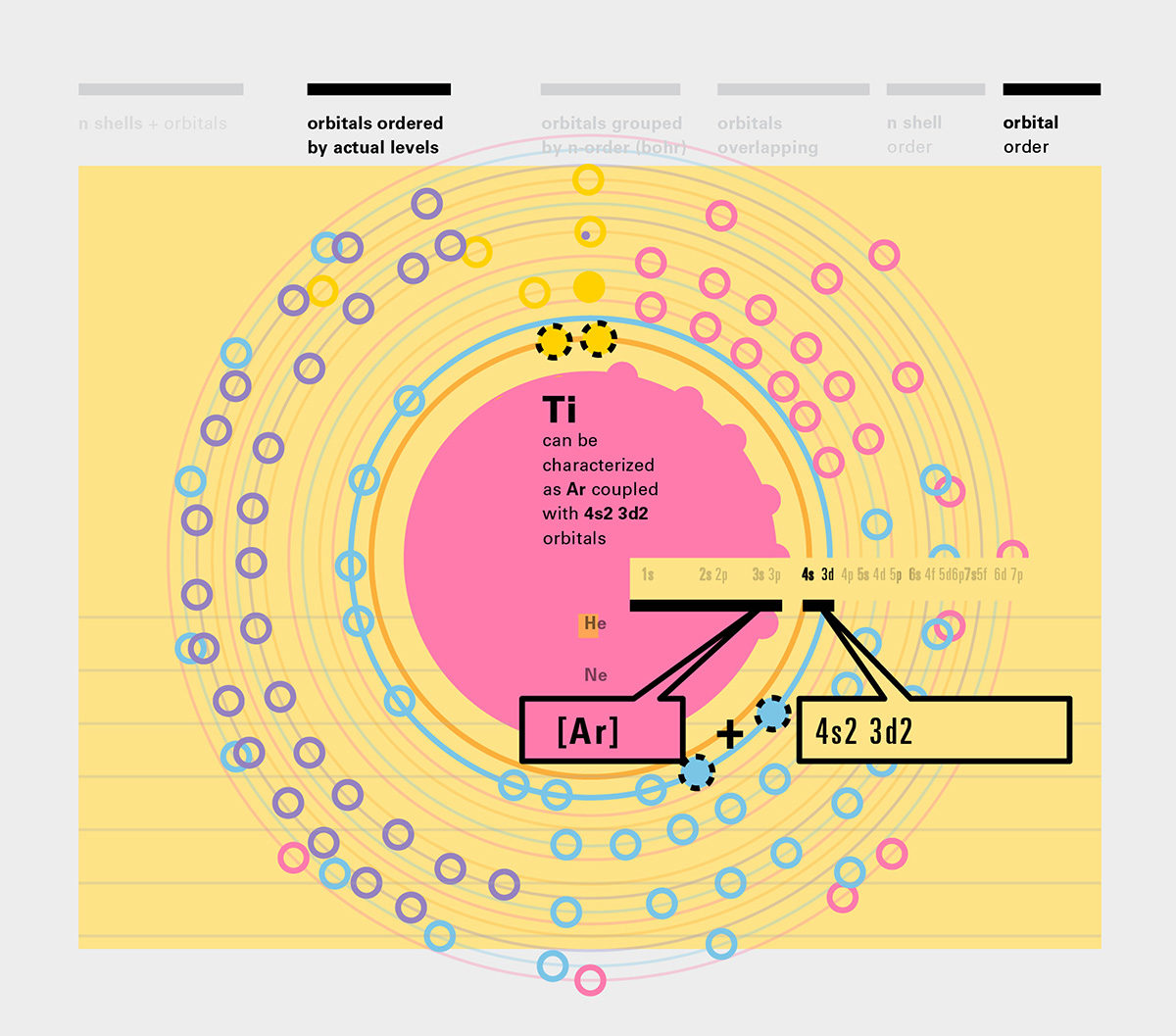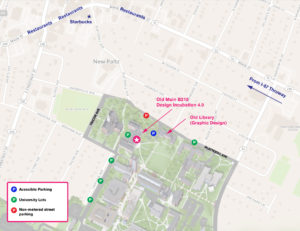Kelly Walters
Assistant Professor of Design
Art + Art History Department
University of Connecticut
In social media platforms such as Instagram, Twitter and Facebook, the animated gif is used as a means to convey ideas, actions or beliefs to our friends or followers. When we want to convey our emotions more emphatically via text message or social post, the emoji is replaced with another form, the reaction gif. Unlike the static emoji face, a reaction gif can convey a faster depiction of the specific body gesture or facial expression one is trying to transmit digitally.
In close observation of my social account and of those that I follow, reaction gifs featuring black people are extremely high. There a countless social accounts today that are dedicated to featuring black reaction gifs as its main source of content. As TeenVogue author Lauren Michelle Jackson states in her article, We Need to Talk About Digital Blackface in Reaction GIFs, “Images of black people, more than anyone else, are primed to go viral and circulate widely online — in trauma, in death, and in memes. Reaction GIFs are an uneasy reminder of the way our presence is extra visible in life, every day, in ways that get us profiled, harassed, mocked, beaten, and killed.”
I am interested in how black reaction gifs are made, viewed and disseminated into social media platforms. I’d like to gain a better understanding of their source origin, through the identification of the films, television shows, music videos and news outlets the clips are extracted from. Through this analysis and documentation, I hope to highlight the lineage of black reaction gifs to a more expansive history of similar body gestures, facial expressions or speech patterns found in images that date back to the early 19th century. I hope to compare the images and sounds found in contemporary black reaction gifs, to artifacts found in the Film, Music, Photography and Civil Rights collections of the National Museum of African American History and Culture.
The following parameters will guide this research:
- Examine how black and non-black audiences consume, share or distribute black reaction gifs online.
- Identify which black gestures are captured.
- Study the differences between black male and female representation in reaction gifs while also comparing age and soci-economic class systems.
- Identify different patterns of speech conveyed within the reaction gifs.
- Identify the events or causes that make black reaction gifs necessary.
This research was presented at the Design Incubation Colloquium 4.0: SUNY New Paltz on September 9, 2017.


